Varieties Of Caraway – Are There Different Caraway Plant Species You Can Grow
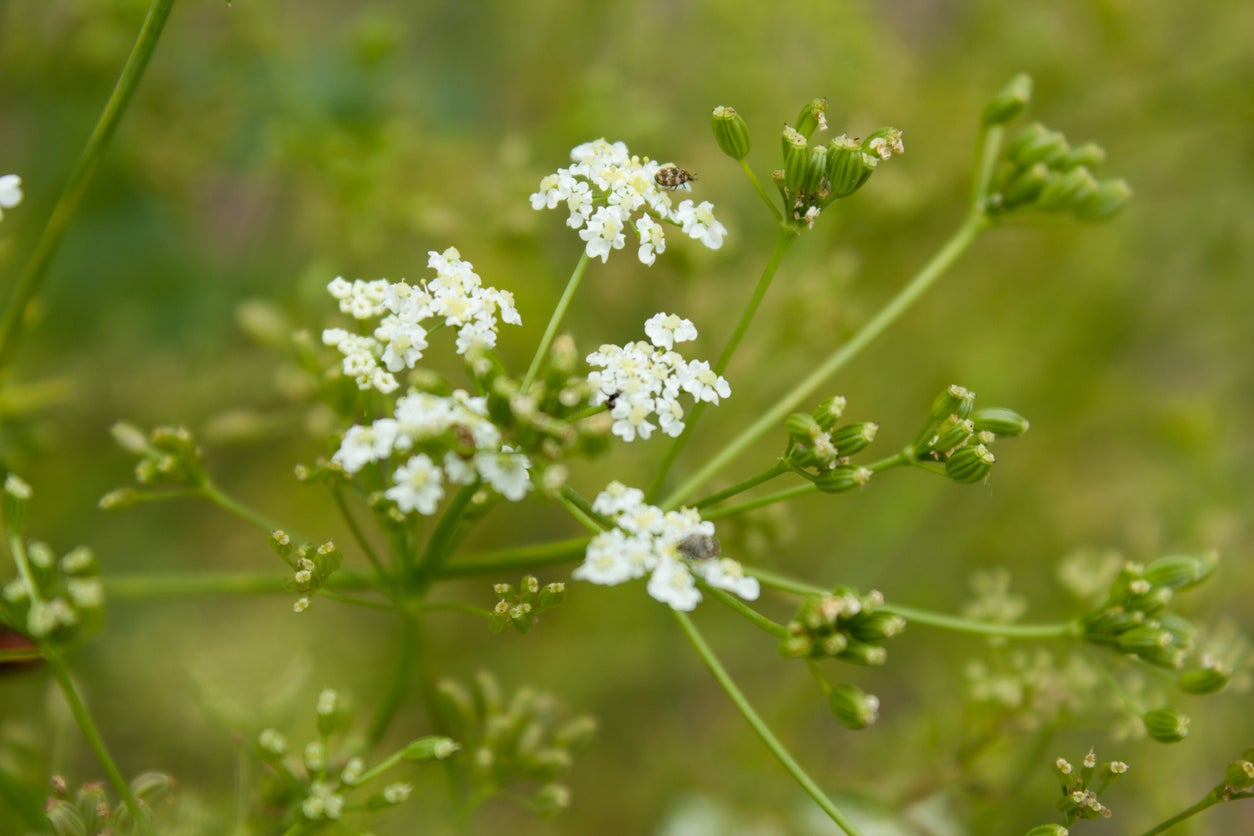

Fans of caraway seed muffins know all about the seed's heavenly aroma and slightly licorice flavor. You can grow and harvest your own seed to use in the spice cupboard, but first you need to choose the varieties of caraway that will perform best in your garden. There are approximately 30 caraway plant species, mostly native to Asia and Mediterranean regions. Caraway plant varieties are used across the globe, but they are usually classed by region and growth habit.
Different Kinds of Caraway
Caraway has been used in food and as a medicine for centuries. The commonly cultivated variety has several cultivars but most remain unnamed. It is best to group the different kinds of caraway by their growth pattern, either annual or biennial. Technically, there are no listed named varieties. Annual caraway requires a longer growing season, while biennial types of caraway are grown in cooler regions.
Biennial Caraway Plant Varieties
Biennial varieties of caraway (Carum carvi f. biennis) need two seasons to produce umbels and the "fruits," erroneously called seeds. Caraway plant varieties are classed in the carrot family and produce characteristic umbrella-shaped clusters of flowers. Each of these will develop into a fruit that, when dried, is used in cooking and traditional medicines.
In the first year, biennial plants form rosettes. In the second year, a stalk is sent up to bear the umbels. In some cases, a third year of flowers may develop but repeat sowing annually is necessary for a consistent supply of seed.
Annual Types of Caraway
There are different kinds of caraway due to cultivation preferences and wild hybridization, although none have been named. Of these, annual caraway plant species (Carum carvi f. annua) are grown in warm regions and planted in winter. The long growing season allows the plant to produce the rosette and flowering stalks all in one year.
In these areas, the plant will often reseed itself and purposeful re-sowing is not necessary. Some gardener's state the flavor of annual caraway plant varieties is sweeter than that grown in northern regions as a biennial.
Tips on Growing Different Kinds of Caraway
All types of caraway prefer well-draining, humic rich soil in full sun. Caraway is slow to germinate and can take up to three weeks to sprout. It is best to plant directly outdoors rather than to transplant. This is to avoid disturbing its taproot, which can interrupt establishment.
Gardening tips, videos, info and more delivered right to your inbox!
Sign up for the Gardening Know How newsletter today and receive a free copy of our e-book "How to Grow Delicious Tomatoes".
Provided soil is fertile, no supplemental food is necessary. Keep soil somewhat moist. You can lightly harvest the leaves for salads and use the taproot after the fruit is harvested.
As seed heads begin to dry, tie a permeable sack around the umbels to preserve the fruits. Separate the chaff and dry seeds for storage in a cool, dark location.

Bonnie Grant is a professional landscaper with a Certification in Urban Gardening. She has been gardening and writing for 15 years. A former professional chef, she has a passion for edible landscaping.
-
 12 Lush Alternatives To A Lawn For Sustainable Spaces
12 Lush Alternatives To A Lawn For Sustainable SpacesAlternatives to a lawn are beautiful and also beneficial to your local ecosystem and its pollinators. Explore our top picks for plants to replace grass.
By Tonya Barnett
-
 Types Of Tomatoes Explained: Explore The Many Wonderful Shapes, Colors, Flavors, & Best Uses
Types Of Tomatoes Explained: Explore The Many Wonderful Shapes, Colors, Flavors, & Best UsesThe world of tomato varieties is vast and fascinating. Learn about the key types to grow in your garden, tailored to your preferences and space.
By Amy Grant
-
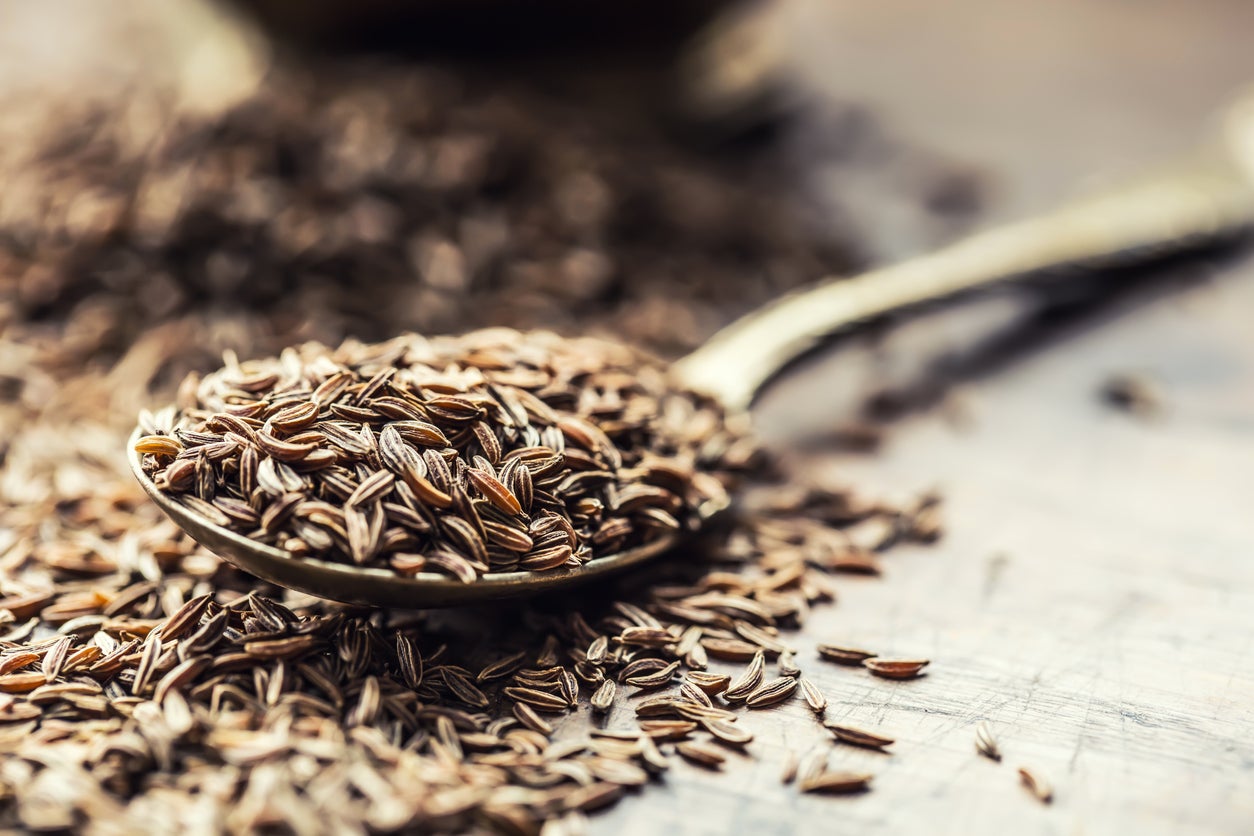 Storing Caraway: Learn How To Dry Caraway Seeds
Storing Caraway: Learn How To Dry Caraway SeedsIf you’re wondering how to preserve caraways seeds from plants grown in your garden, drying caraway is the easiest and safest way to go. Want to learn how to dry caraway seeds? Click this article for easy instructions.
By Mary H. Dyer
-
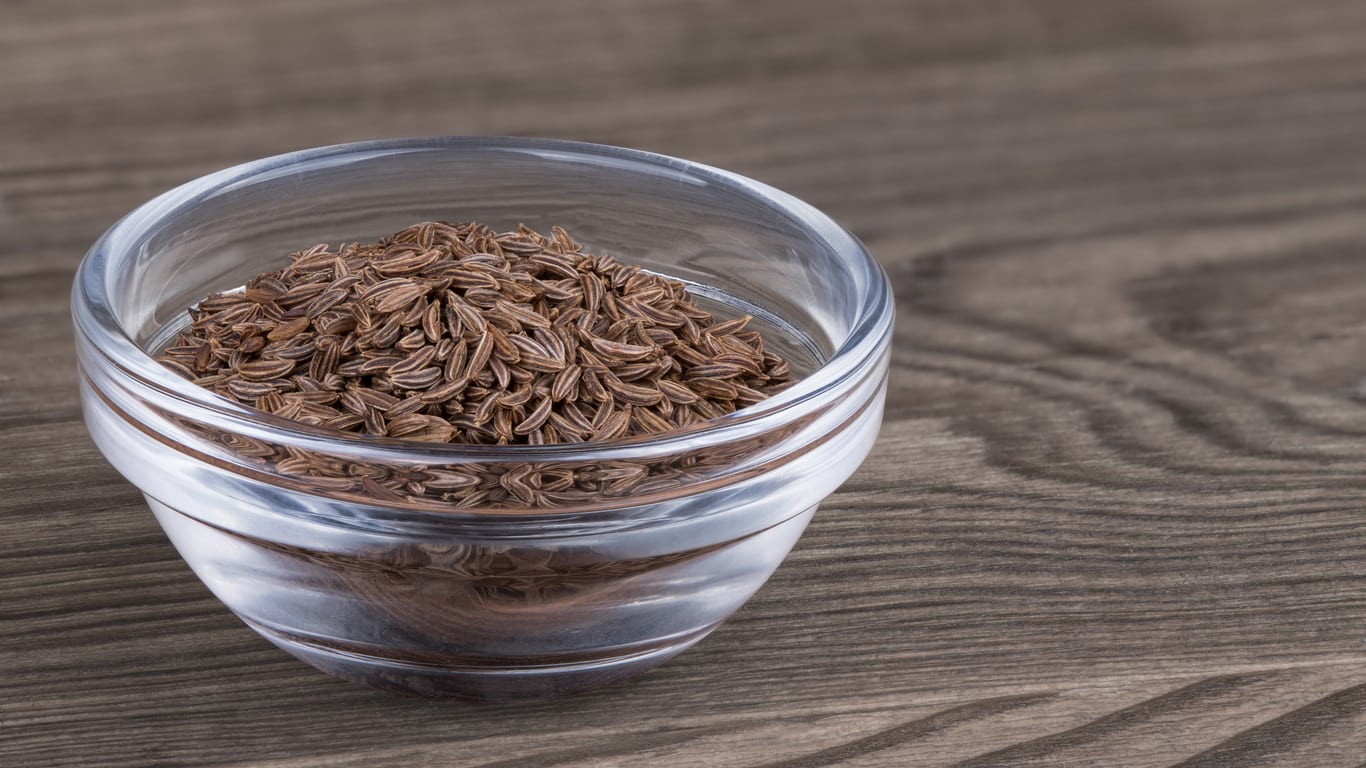 Common Caraway Benefits – Is Caraway Good For You
Common Caraway Benefits – Is Caraway Good For YouIs caraway good for you? Many gardeners are impressed by the health benefits of caraway and grow it for medicinal purposes. For information on using caraway for health, the following article can be of help. Click here to learn more.
By Teo Spengler
-
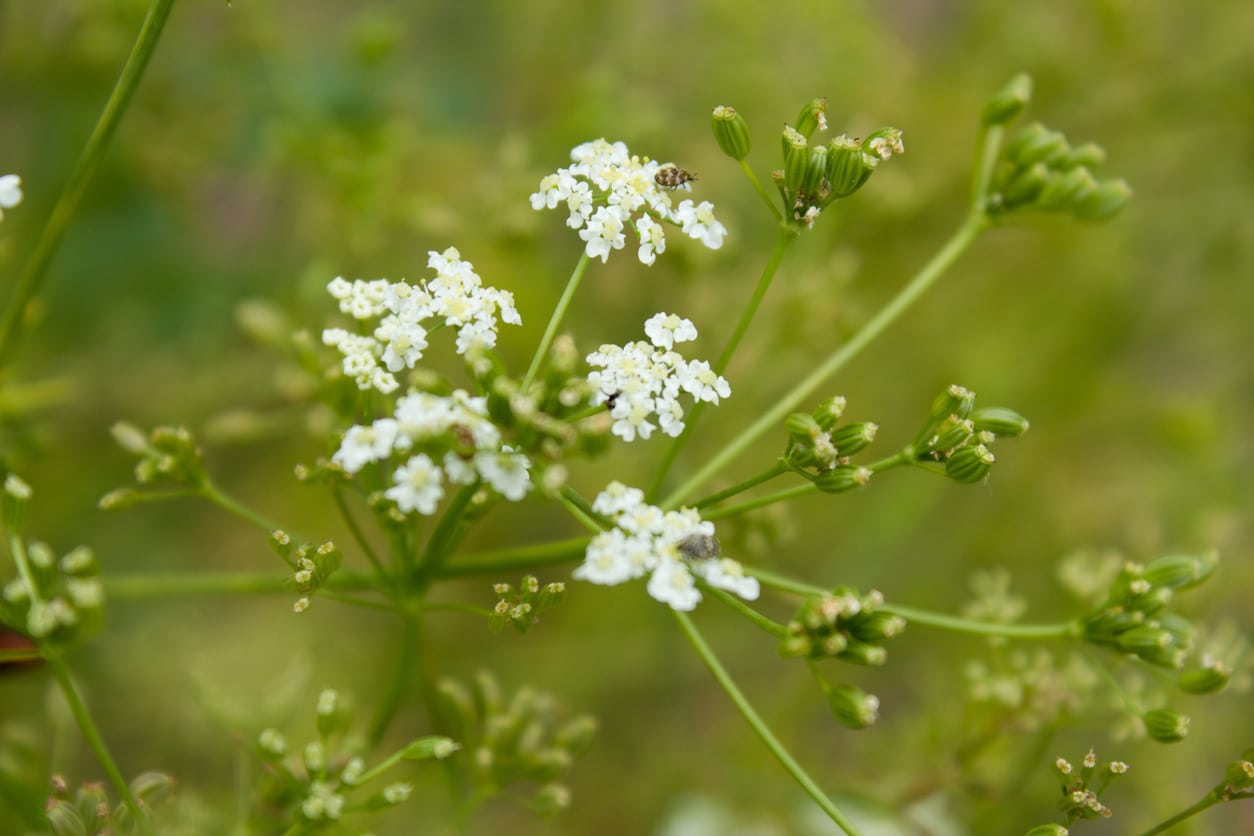 Caraway Issues In The Garden – Dealing With Disease And Pests Of Caraway
Caraway Issues In The Garden – Dealing With Disease And Pests Of CarawayCaraway is a biennial plant cultivated for its anise-like flavored seeds. It is a fairly easy herb to grow with very few caraway issues. Closely related to both carrots and parsley, problems with pests and diseases of caraway tend to be of the same kind. Learn more here.
By Amy Grant
-
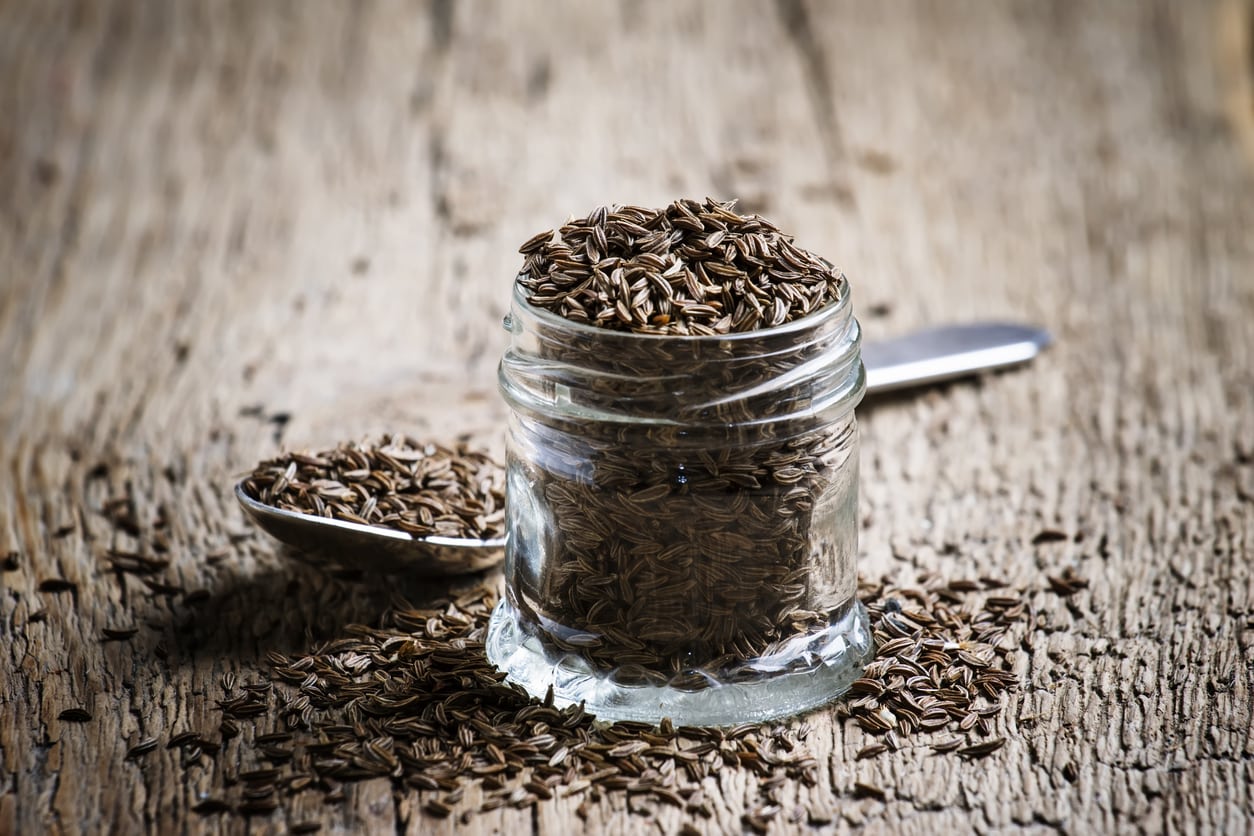 Caraway Uses – What To Do With Caraway Plants
Caraway Uses – What To Do With Caraway PlantsIt’s the caraway that sets rye bread apart from all other deli breads, but did you ever wonder how else to use caraway seeds? There are a plethora of caraway uses. Click this article if you’re interested in what to do with caraway post plant harvest.
By Amy Grant
-
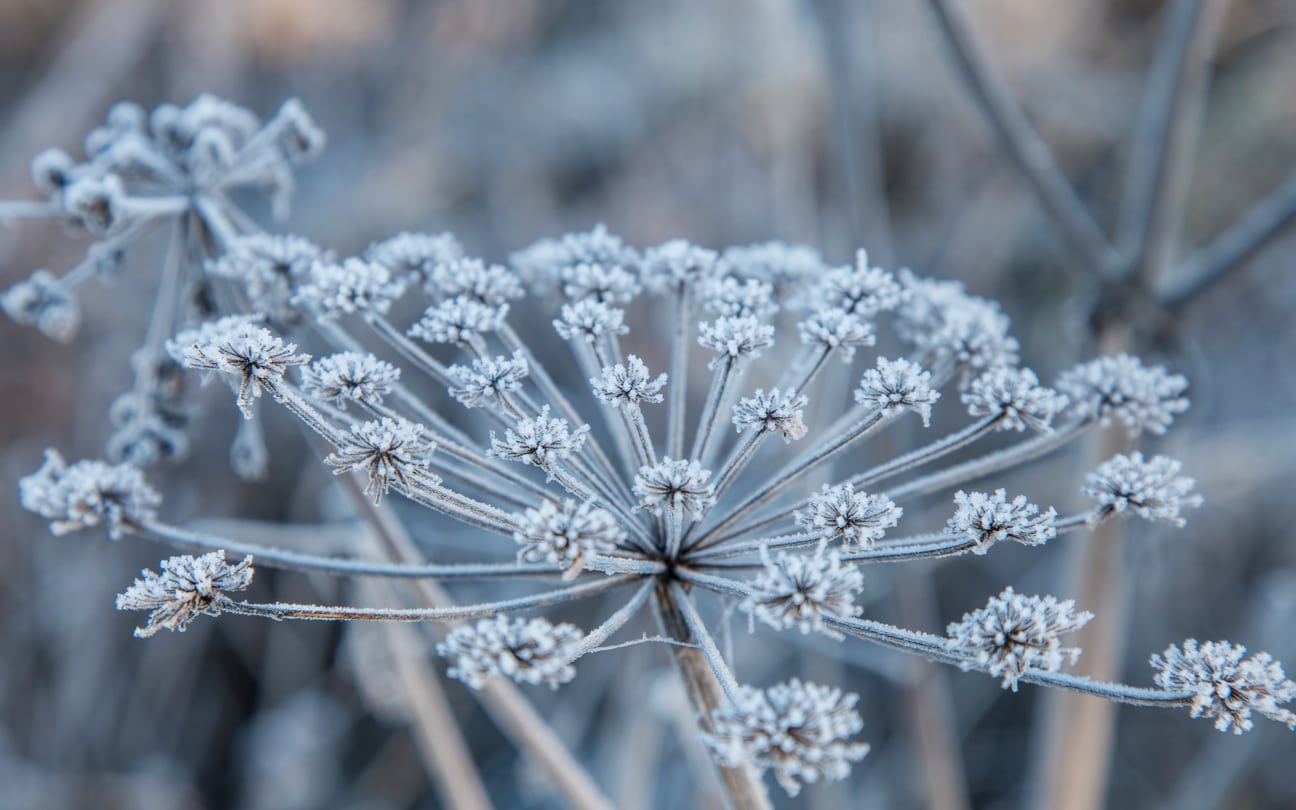 Caraway Winter Care – Caraway Cold Hardiness In The Garden
Caraway Winter Care – Caraway Cold Hardiness In The GardenKeeping caraway in winter isn’t a problem in mild regions, but in chillier areas, caraway winter protection is a must. Click this article to learn about caraway winter planting, caraway cold hardiness, and how to make sure your plants make it to spring.
By Teo Spengler
-
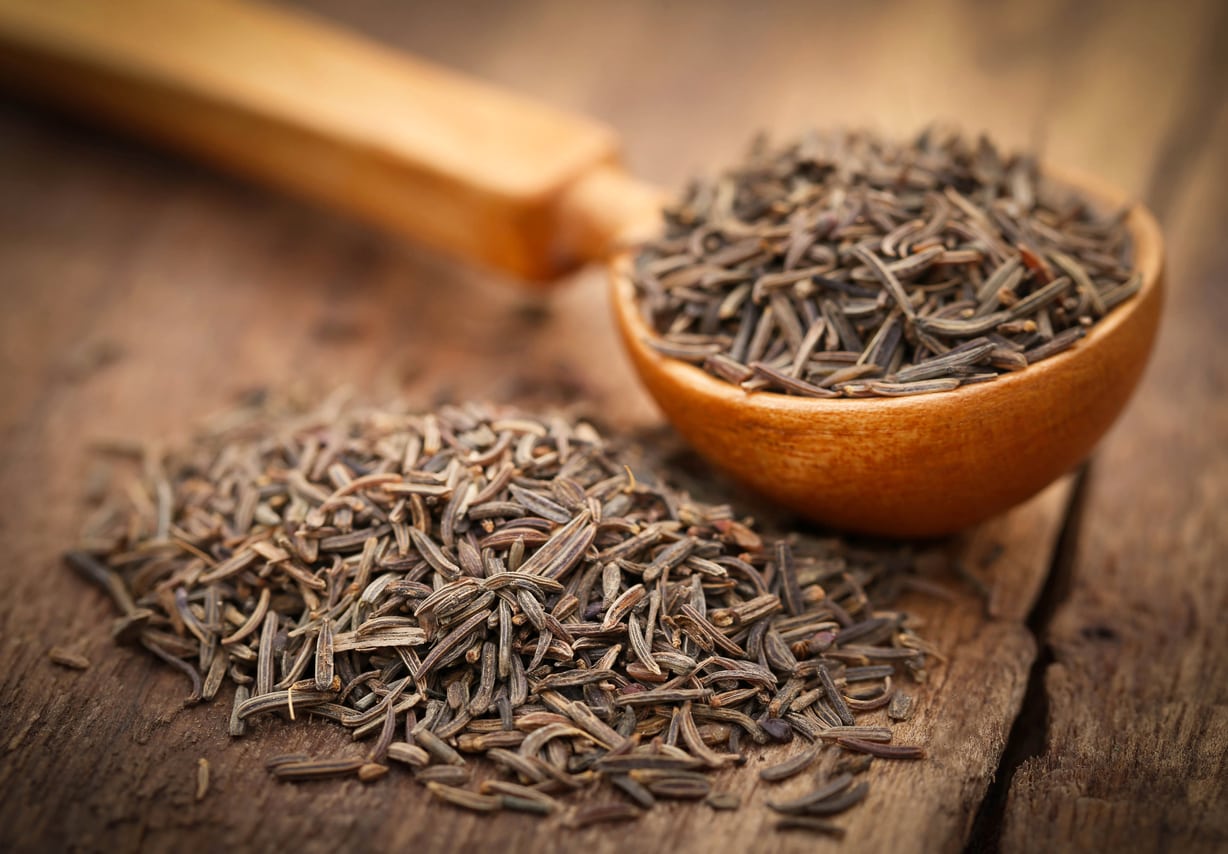 Harvesting Caraway Seeds – When To Pick Caraway Plants
Harvesting Caraway Seeds – When To Pick Caraway PlantsThe most commonly used part of caraway is the seed. It is an easy plant to grow and harvesting caraway seeds is just a two-step process. Click on the following to learn when to pick caraway so the seeds will be at the peak of their flavor.
By Bonnie L. Grant
-
 Failing Caraway Symptoms: Common Diseases Of Caraway Plants
Failing Caraway Symptoms: Common Diseases Of Caraway PlantsCaraway is a great herb to grow in the garden. While most people only think of the seeds as edible, you can actually eat the entire plant, including the roots. Unfortunately, there are some caraway diseases that may harm, or even kill, your plants. Learn about them here.
By Mary Ellen Ellis
-
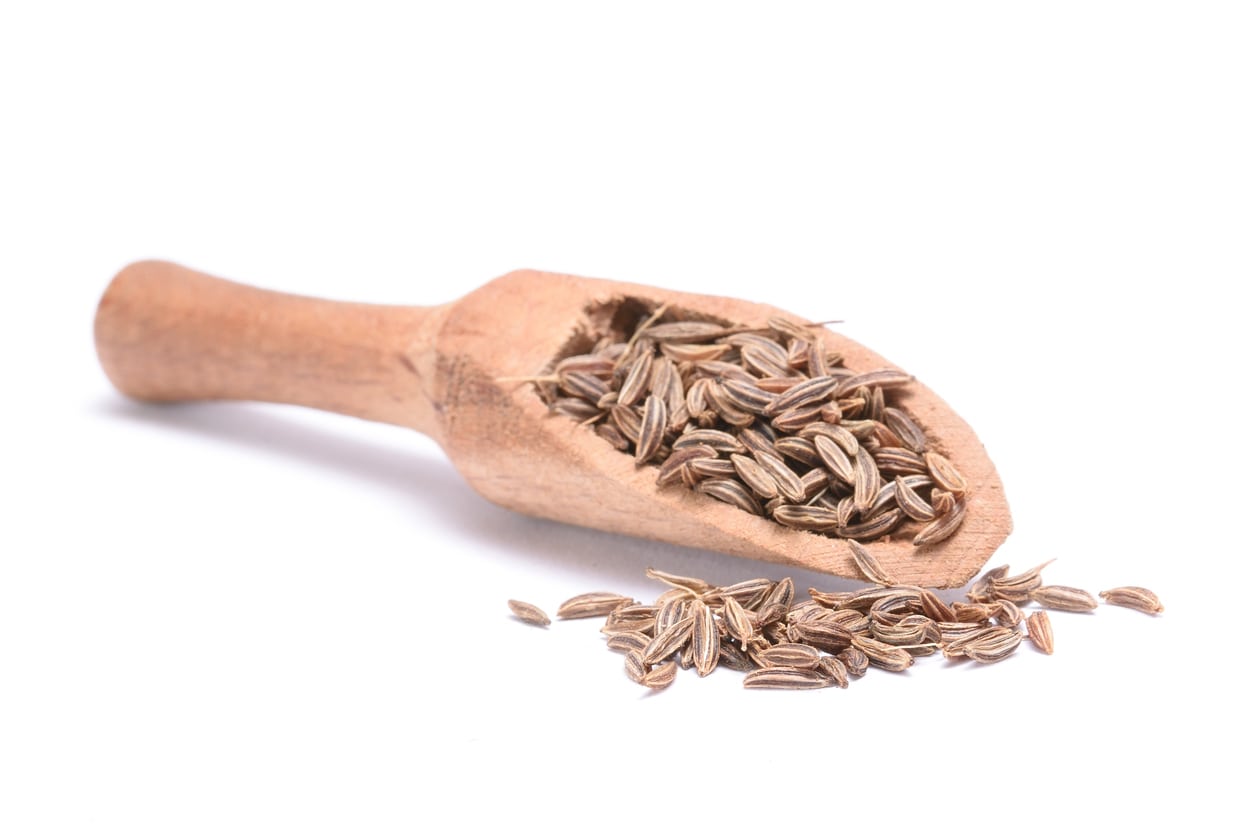 Planting Seeds Of Caraway Plants – Tips For Sowing Caraway Seeds
Planting Seeds Of Caraway Plants – Tips For Sowing Caraway SeedsGrowing caraway from seed isn’t difficult, and you’ll enjoy the appearance of the lacy leaves and clusters of tiny white flowers. Once the plant is mature, you can use leaves and seeds in a variety of flavorful dishes. Learn how to plant caraway seeds in this article.
By Mary H. Dyer